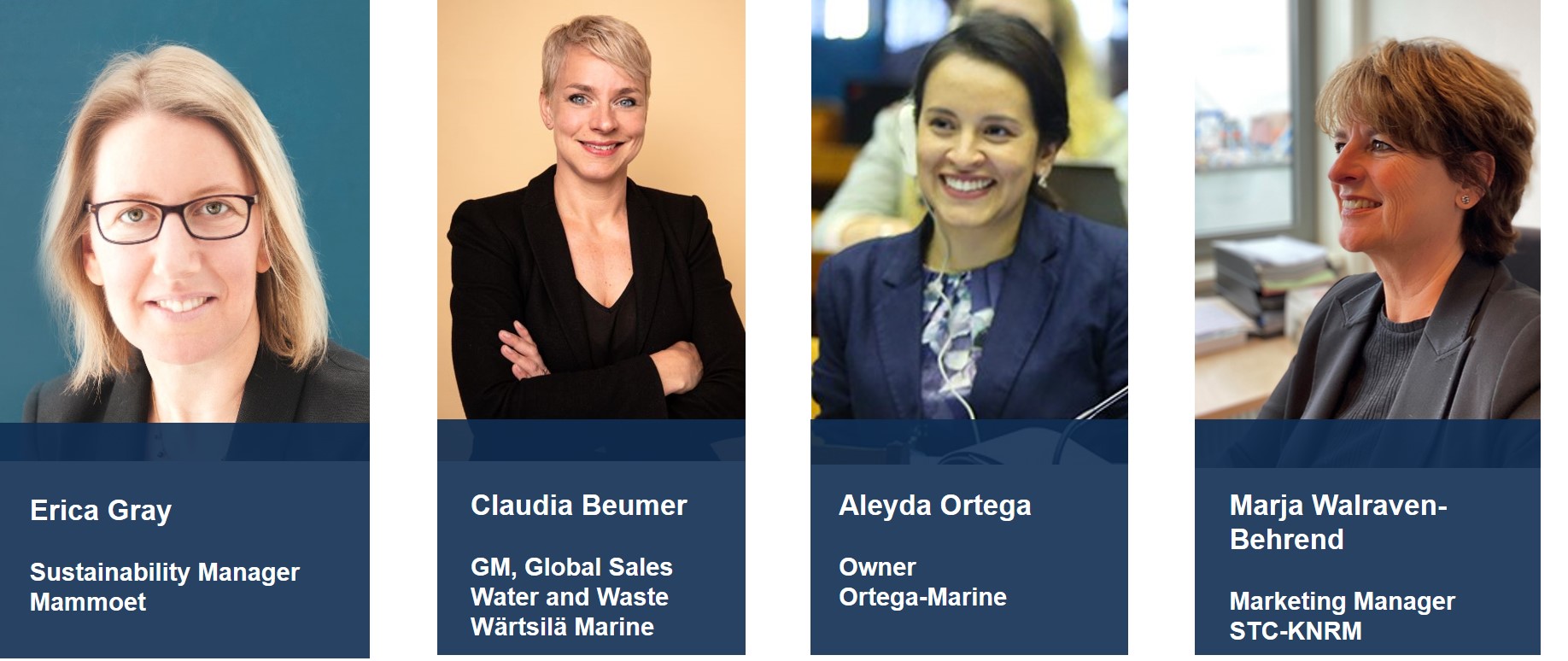LEADERSHIP IN ENERGY TRANSITION – part 2
Insights from Leaders in the Maritime Industry
What kind of leadership do we need to speed up the energy transition?
The energy transition is a priority for the entire maritime industry. While the urgency and necessity are recognized by everyone, the actual transition is often a complex and long-term process that needs good leadership to see it through.
Four leaders in the maritime sector, predominantly WISTA members, shared their views on how we can facilitate and accelerate the energy transition movement.
Special Report for WISTA The Netherlands – Women’s International Shipping & Trading Association
by Marjolein van Herel



